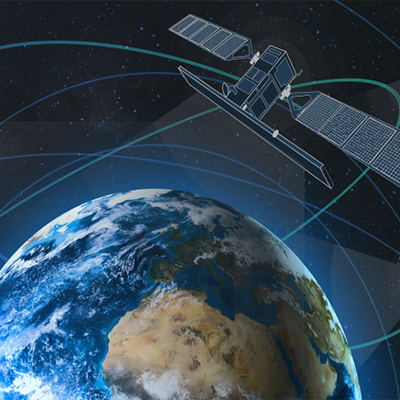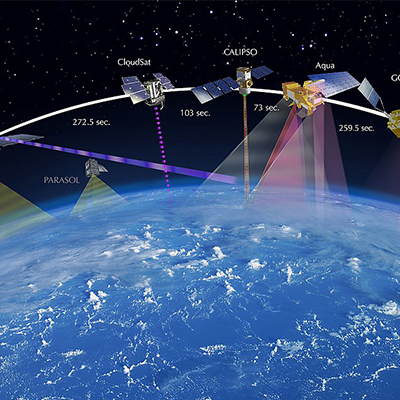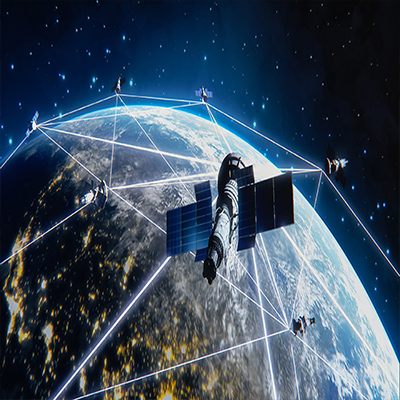Tutorials

Pre-Symposium Tutorial - I
“Geospatial Innovation through Bhuvan: Applications, Tools, and Use Cases”
Day 1: Foundations & Tools
S1 → Inaugural Session: Introduction to Bhuvan GeoPlatform
- Welcome & Opening Remarks
- Overview of the Tutorial Objectives
- Evolution of Bhuvan
- Core features, services, and architecture
- Role of Bhuvan in Atmanirbhar Bharat
S2 → Bhuvan Data & Services: Exploring Bhuvan Tools
- Base maps, Thematic layers, Satellite data services
- APIs and integration with external platforms
- Navigating Bhuvan Portal
- Visualization and query tools
- Accessing and downloading geospatial data
S3 → Applications of Bhuvan – Thematic Focus: Hands-on Session 1
- Urban & Regional Planning
- Natural Resource Management
- Agriculture & Water Resources
- Disaster Management & Climate Resilience
S4 → Hands-on Session 2: Application-driven Exercises
- Environment & Forestry
- Flood mapping demo
- Agriculture monitoring exercise
- Customized query and analysis
S5 → Hands-on Session 2: Application-driven Exercises
- Showcasing real-world implementations (Govt., Academia, Startups)
- Integration with decision-making systems
S6 → Session 6: Bhuvan for Innovation & Startups
- APIs and platform integration for app development
- Opportunities for innovation using Bhuvan
Pre-Symposium Tutorial – II
SAR Remote Sensing and Data Analysis with Advanced Techniques and Applications
Synthetic Aperture Radar (SAR) remote sensing is an active, all-weather, day-or-night imaging technology that captures the microwave scattering characteristics of the Earth's surface. Advanced techniques are now combined with powerful data analysis methods, particularly machine learning, to extract detailed insights for applications in environmental monitoring, disaster management, agriculture, and urban planning.
S1 → Emerging Techniques in SAR Remote Sensing and Its Applications
S2 → Talk-cum-Demonstration on Processing Chain for SLC SAR Data: Focusing, Radiometric Calibration, and Range–Doppler Terrain Correction
S3 → Applications of Time-Series SAR Interferometry in Earth Observation
S4 → Current and Future SAR Missions for Geo- and Biophysical Parameter Retrieval with Emphasis on NISAR
S5 → PolInSAR-based Modelling for Characterisation of Manmade and Natural Features
S6 → Talk-cum-Demonstration on Python-Based Framework for Interferometric SAR Data Processing
Pre-Symposium Tutorial - III
STerrestrial Laser Scanning (TLS)
Introduction and Session Overview
Terrestrial Laser Scanning (TLS) has become a cornerstone for generating precise and detailed point clouds across both natural and built environments. This pre-symposium tutorial is designed to deepen understanding of LiDAR technology - covering fundamental principles, current practices, and emerging applications. Structured into six sessions, the program begins with an introduction to the fundamentals of LiDAR Remote Sensing and TLS and a detailed look at the RIEGL VZ-400i system. Participants will then gain hands-on exposure to single- and multi-scan acquisition workflows, followed by demonstration on post-processing in RiSCAN PRO to preprocess raw point cloud data. The tutorial will also cover data analysis tools and techniques before concluding with applications and case studies in areas such as forestry, urban mapping, etc.
The tutorial is structured into six sessions:
S1 → Fundamentals of LiDAR Remote Sensing and Terrestrial Laser Scanning
- This session will introduce the core principles of LiDAR Remote Sensing and Terrestrial Laser Scanning.
S2 → The RIEGL VZ-400i System and Strategic Survey Design
S3 → Demonstration - Single and Multi-Scan Acquisition Workflows
S4 → Post-Processing in RiSCAN PRO
S5 → Data Analysis Tools and Techniques
S6 → Applications and Case Studies



